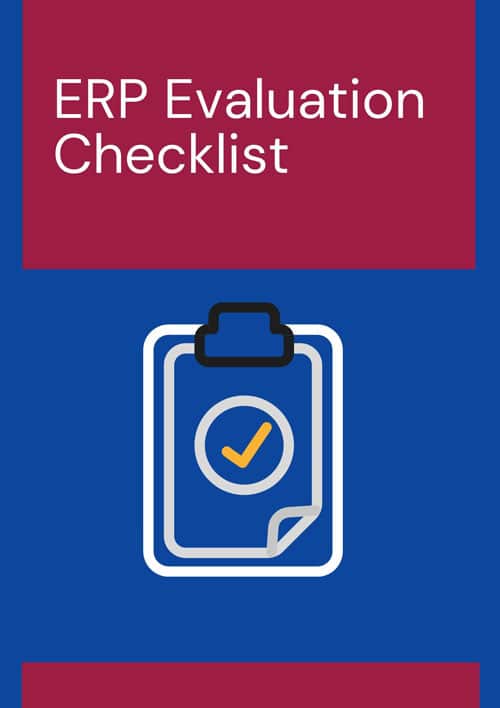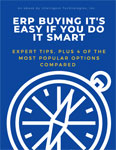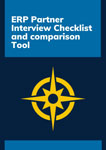Choosing the best ERP system to run your business is an important decision. You will feel its effects for many years to come. With so many similar features, each software package may start to look like the last. So, how do you separate out what’s important and what’s not? This ERP selection criteria matrix can help.
First, decide which vendors you would like to compare (up to three). Put their names in the vendor spaces along the top row of each table below. Then, set a priority level for each item. Finally, mark which vendor offers each feature. If you need to add additional features, there’s blank space on the last page.
Once you complete the ERP evaluation checklist, you’ll see at a glance which vendor best meets your needs.
With the ERP selection criteria matrix, you can compare 3 solutions side-by-side across:
- Usability/Productivity
- Technology
- Value
- Risk
- Key Features
Plus, the ERP evaluation checklist is customizable. So, you can easily add other dimensions important to your business.




